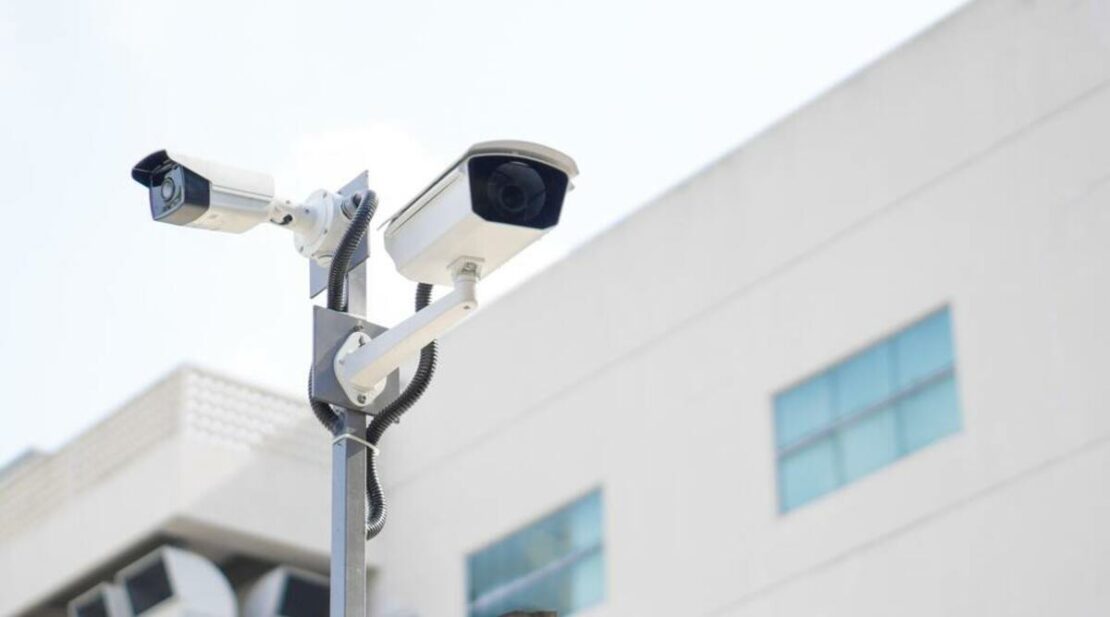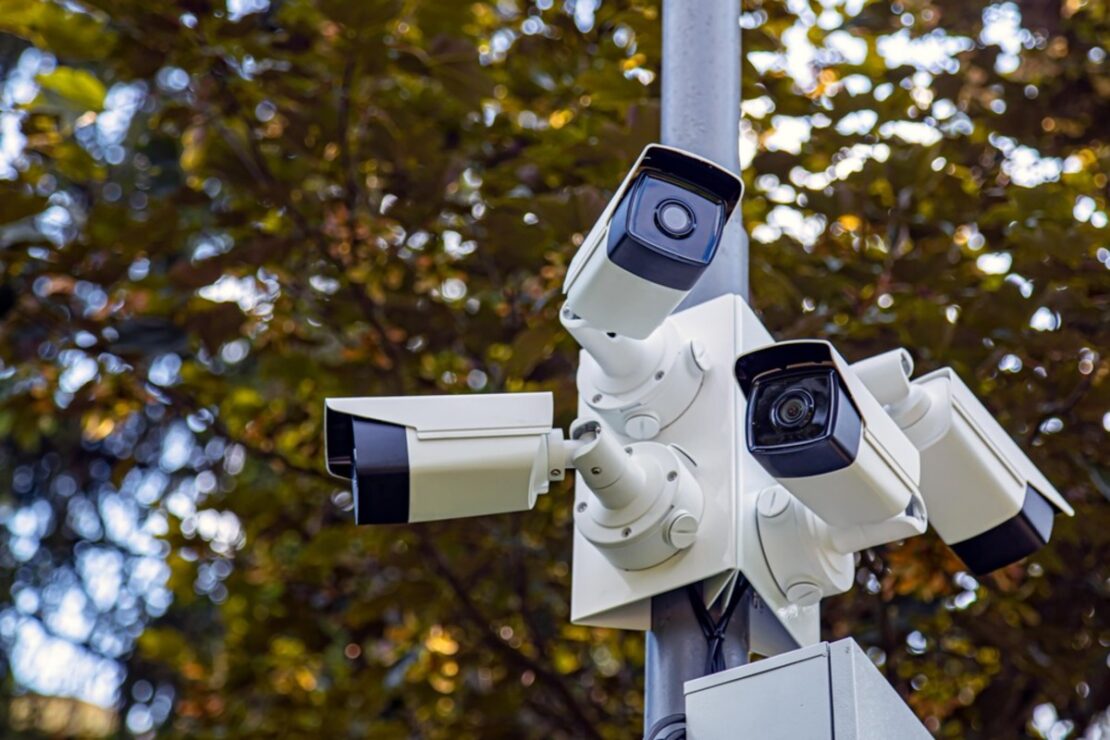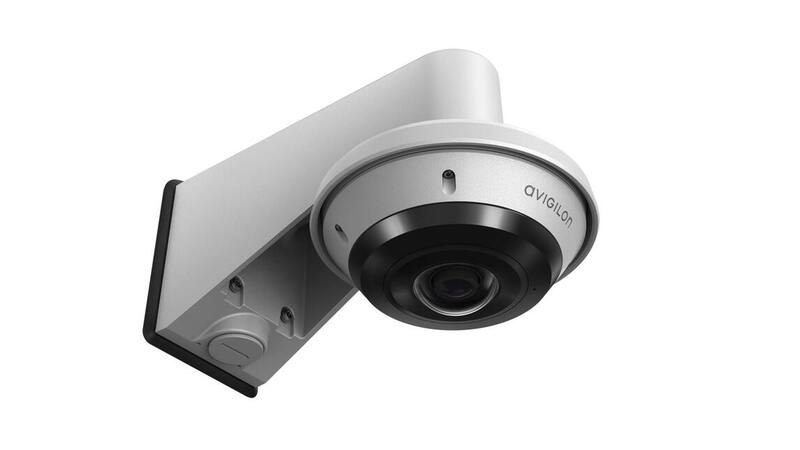
Welcome to our guide to fisheye CCTV cameras. Fisheye CCTV cameras, given their name for their ultra-wide angle lenses, can greatly enhance the surveillance capabilities of your office or premises. Offering up to 360 degree viewing capability, fisheye cameras are an ideal choice for customers who can’t afford surveillance blind spots when protecting their premises.
In this comprehensive guide to fisheye CCTV cameras, we offer insight into these highly effective surveillance devices.
Despite their numerous upsides, including providing complete coverage of an area, fisheye surveillance cameras do have their limitations, if not installed and configured properly.
We will also take a look at the types of businesses that typically use these cameras. Alongside this, we will provide a guide on whether they are right for your security objectives.
The intention of this guide is to provide you with a full overview of fisheye cameras. We hope to help you make the right choice in commercial CCTV camera systems for your business or organisation.
Table of contents
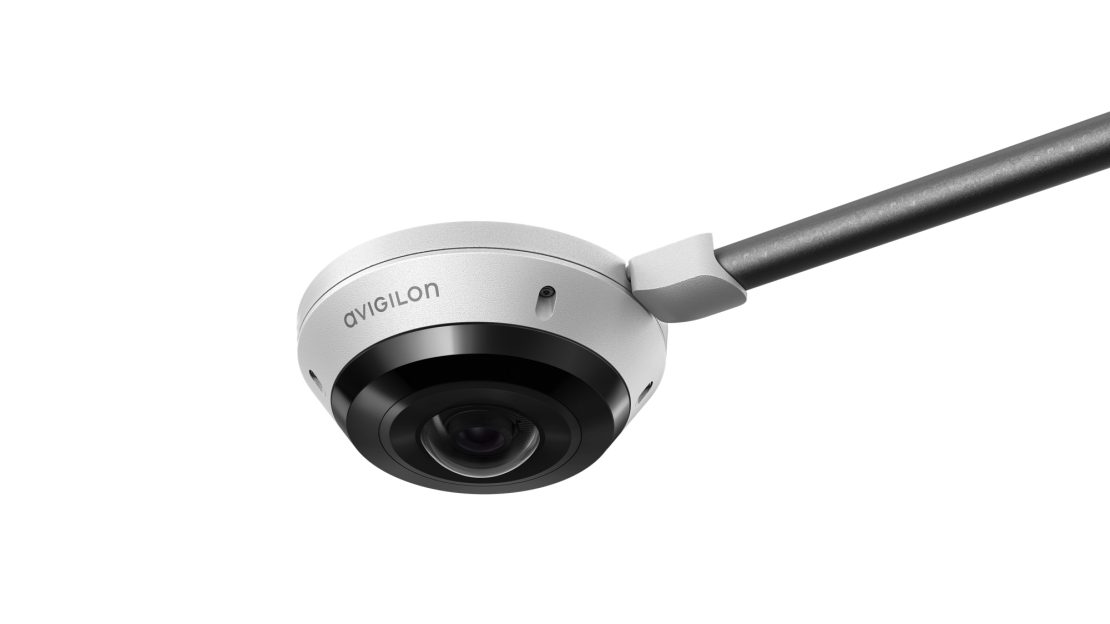
What businesses use fisheye cameras?
In the first section of this guide to fisheye CCTV cameras, we look at the different businesses they are best suited to.
As with any form of specialised equipment, fisheye cameras aren’t a blanket tool that any business or premises can use.
While their ability to provide coverage to a wide area from many angles may seem appealing, you could find that fisheye cameras are less effective than your current CCTV system.
Fisheye cameras are best used when a large, open area requires accurate coverage.
Some examples of commercial settings where fisheye cameras are commonly used include:
- Hospitals
- Warehouses
- Logistics sites
- Hotels
- Car dealerships
- Office car parks
- Petrol stations
- Retail shops
- Traffic junctions
All of these examples often have multiple objects moving around at one time. The dynamic angle feature of a fisheye camera is ideal for tracking a target across a site. Allowing you to monitor an object without having to switch between different cameras in a network.
Looking for more technical information?
At Safeguard Systems, we work with a trusted network of commercial CCTV brands.
Here are some link to their fisheye surveillance cameras.
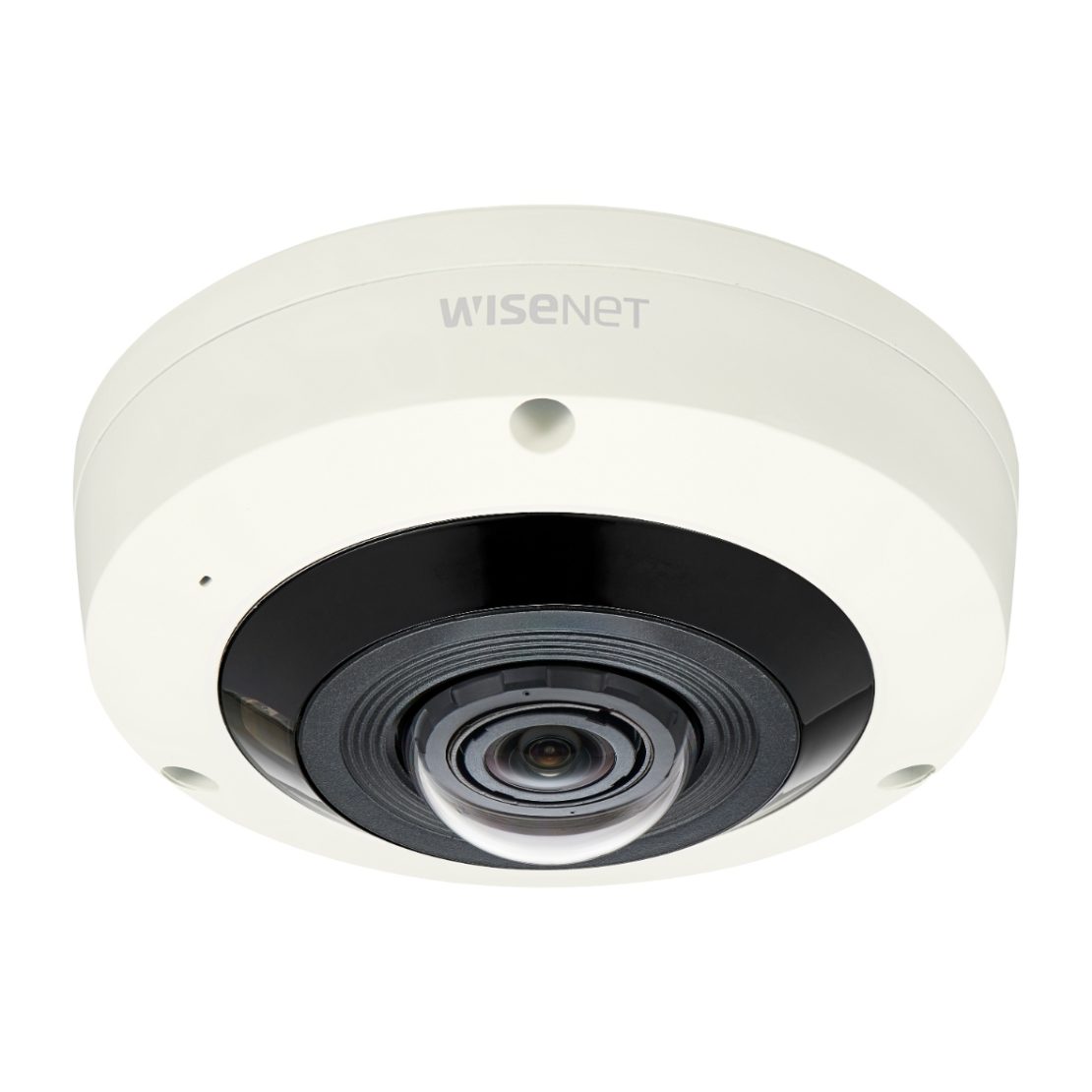
Fisheye surveillance camera features
Fisheye cameras hold numerous features that keep them as effective as possible in their specialised areas.
Weatherproof
Because of their wide viewing angles, fisheye cameras are especially useful in outdoor settings such as car parks or in open fields. This leaves them exposed to the elements, meaning that being waterproof is crucial to their efficiency.
Some cameras even go as far as having temperature gauges built in, meaning they can operate in extreme heat.
HD Resolution
When covering a large area, it’s no use having a camera without good enough picture quality to accurately capture what it’s recording. To ensure that their ultra-wide, panoramic views are supported, most fisheye cameras come with HD resolution (some even supporting 4K resolution).
Damage & tamper resistant
Fisheye cameras are ideal for those in need of a tamper-resistant camera, thanks to their dome-shaped body. This means they will be able to withstand any harsh weather or impact they may be exposed to.
Furthermore, they are typically installed and mounted to ceilings and from a high position on a wall, pole or gate. This means it is incredibly hard for them to be tampered with.
Flexible viewing angles
As these cameras are often used for covering large open areas, fisheye cameras come equipped with lenses covering anywhere between 180 and 360 degree views.
When placed either on a wall or ceiling, this provides either a full horizontal or overhead view of any area.
Night Vision and IR Illuminators
Having built-in night vision is essential for all fisheye cameras, whether they’re being deployed inside or outdoors. Fisheye surveillance cameras are able to adjust to low-light settings through emitting infrared light.
When fitted with IR illuminators they make human detection easy. This is perfect for reducing false alarms, or where you want an element of stealth to your security system.
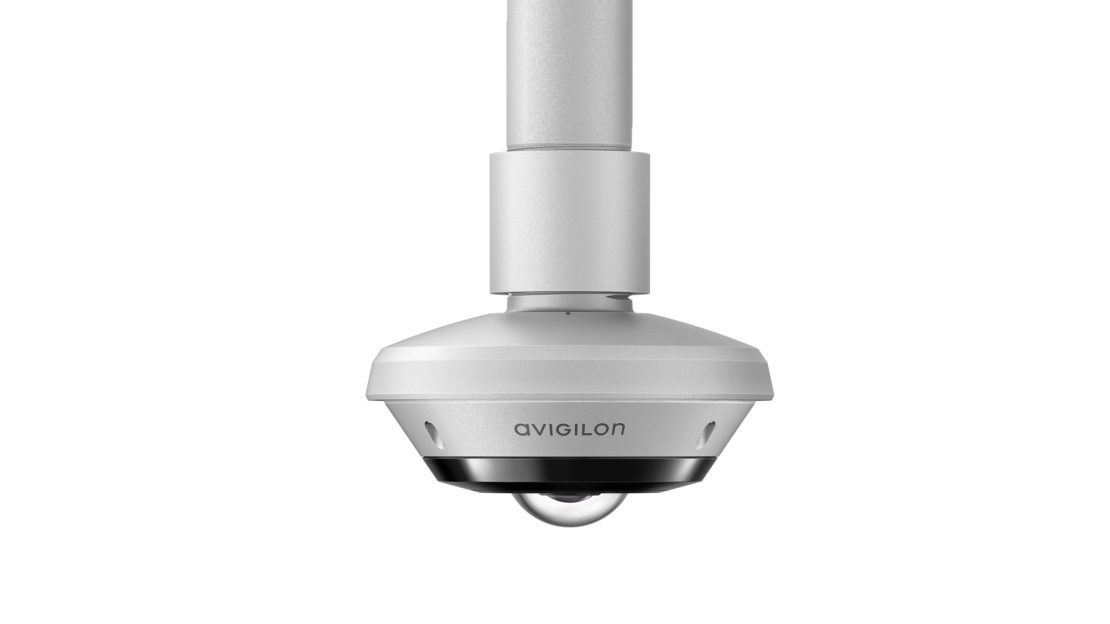
Fisheye do’s and don’ts
Due to their specialisation, there are numerous do’s and don’ts that come with deploying fisheye cameras. Not every business needs this type of camera. Therefore, it’s important to understand how you should use them best, so that you can make the best choice possible for your commercial CCTV system.
DO use them to cover large areas
The main appeal of fisheye cameras is that a single unit can replace an entire network of cameras when looking to cover a large open area.
If placed properly, a full 360 degree view fisheye camera has the capability to cover spaces where a full network of cameras may normally be needed.
DON’T replace all of your regular cameras
While the allure of their wider field of view may be tempting to business owners, it is not wise to replace every camera you own with a fisheye.
While they are fantastic and highly effective for covering large areas, fisheye cameras are not adept for depth of field or picking up finer details.
DO use them alongside other cameras
We recommend using your fisheye cameras with other cameras in your surveillance system to generate optimum results.
Where a fisheye camera is great for surveying large areas, you could also install a high-quality HD thermal PTZ camera to zoom in and identify potential threats the fisheye has picked up, but can’t fully identify – especially in no-light conditions.
This helps negate the limitations of the fisheye and creates a solid surveillance network.
DON’T place your camera in corners
Fisheye cameras are best placed in the middle of an area, as their dynamic angles and wide coverage allow them to view as much of an area as possible. Placing the camera in a corner immediately reduces its coverage area, making it less effective.
DO align your camera with key areas
Due to the nature of fisheye lenses, the further towards the edge of the resolution you get, the more warped the image becomes. This can make it more difficult to identify objects of interest.
To avoid this, try and align your camera placement with the area’s biggest points of interest, such as entrances or exits. This reduces the effects of image warping and makes it easier to identify targets.
DON’T use inconsistent lighting
Maintaining consistent lighting is one of the hardest aspects of deploying fisheye cameras. Compensating for the expanded field of view can be difficult. This is because a wide range of light levels can make lighting variations seem more drastic. If you’re unable to make the lighting consistent across the area, then it can negatively impact the image quality.
Article Summary
To summarise, fisheye surveillance cameras can be an incredibly useful piece of surveillance equipment for certain businesses. Their wide field of view and area coverage can greatly enhance surveillance capabilities.
However, they aren’t a blanket fix for all situations.
As mentioned in the article, fisheye cameras cannot replace every camera in your surveillance system, and are often most effective when paired with other solutions.
Looking at your surveillance camera options?
Visit our page dedicated to commercial CCTV cameras.

